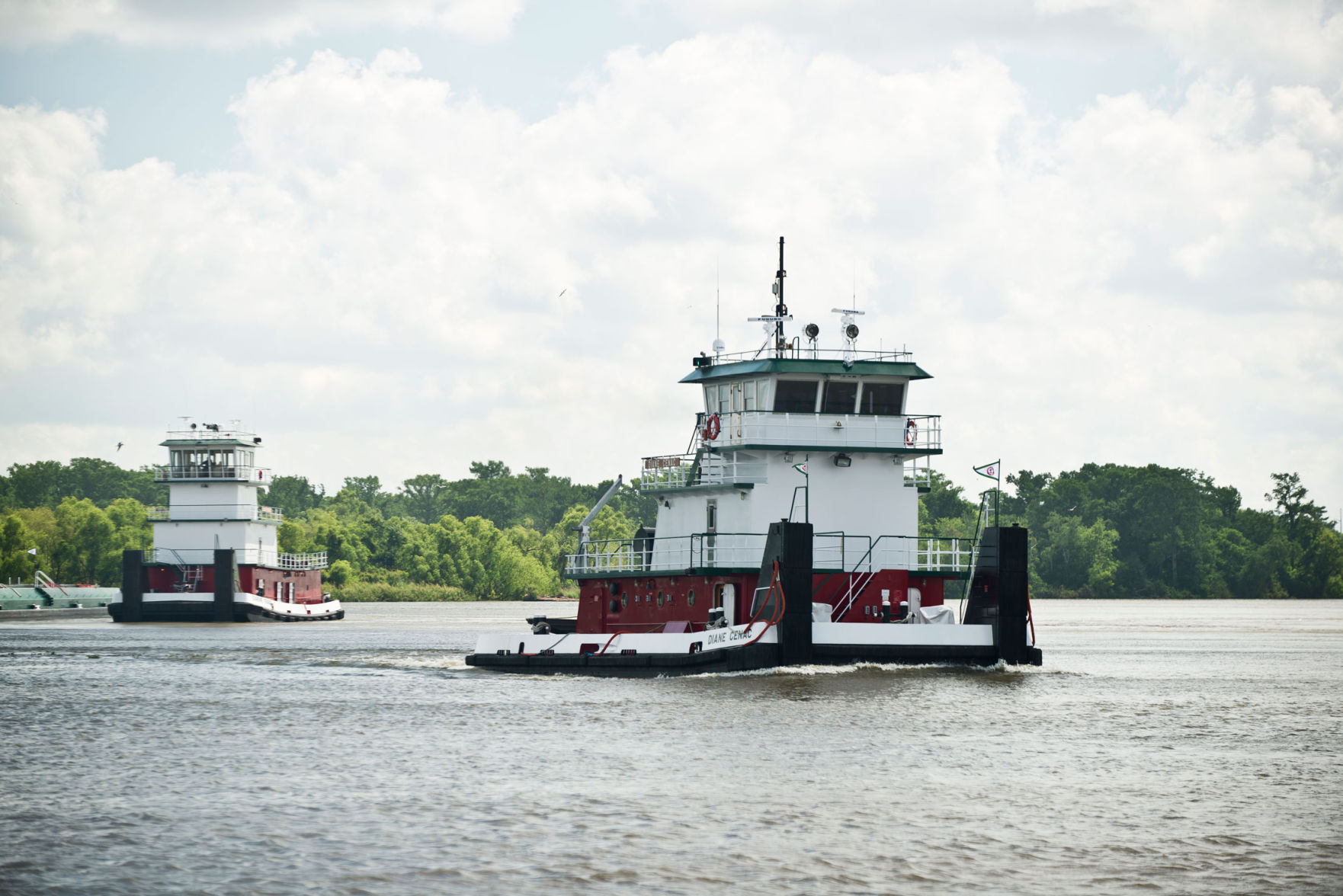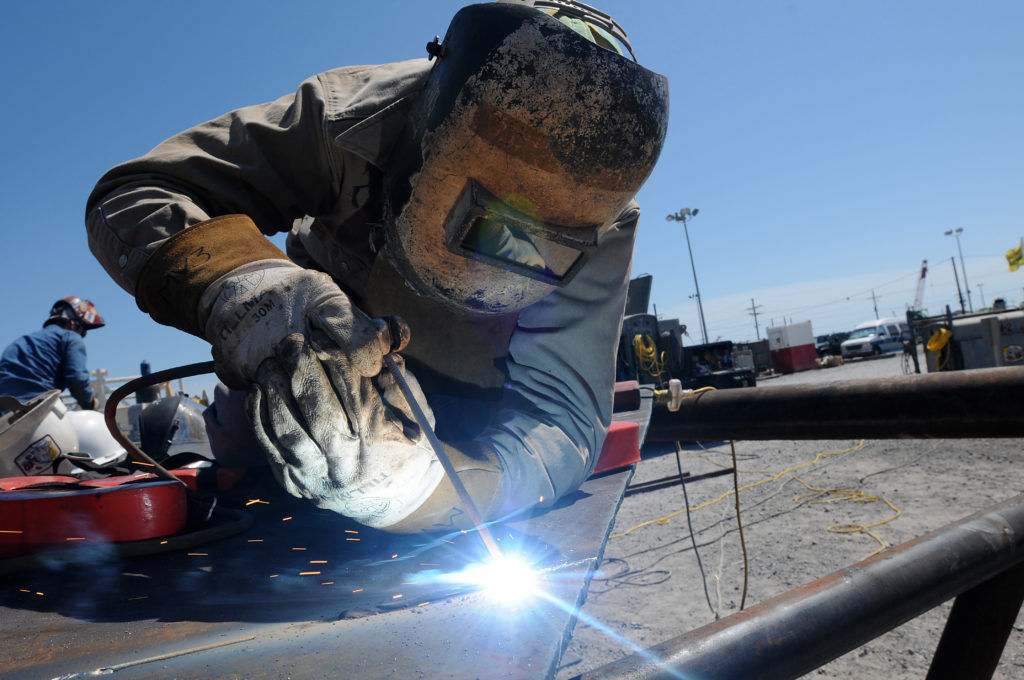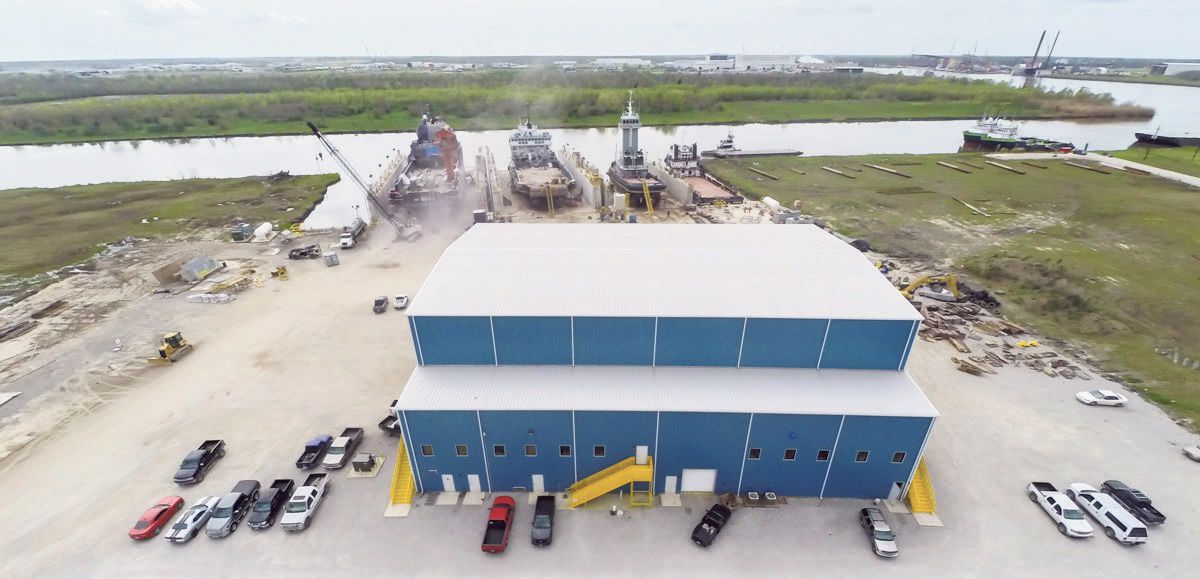
Braving the storm: Benny Cenac praises work of boat crews
September 27, 2017
Protecting your future: Alford and Associates, providing fair protection for businesses and their employees
September 27, 2017The Houma Navigation Canal, a crucial artery in the local oil and gas industry’s transportation system, is closer than ever to badly needed dredging.
But port officials have concerns about future silting because projects meant to curb coastal erosion, in their estimation, are making it harder to keep channels for crewboats and ships open.
“We just completed for signing the memorandum of agreement for Terrebonne Parish to give the money we were promised to help dredge the Houma Nav,” said Port Director David Rabalais. “We haven’t yet sent the money to the Army Corps of Engineers but that should happen any day now.”
A $1.5 million signover from the parish brings the port to the needed $2.5 to $3 million required to dig the channel to the required 15 feet that will allow marine traffic to safely pass from the Gulf of Mexico to berths in Terrebonne and beyond.
But the job has become a little more complicated due to silt from Hurricane Harvey.
“There’s a lot of silt in that channel due to that hurricane and this will require removal of another million cubic yards,” Rabalais said. “That’s why this has been a long, drawn out process.”
Essentially, Rabalais maintains that each step forward in keeping the channel to a required depth results in a new response from nature that adds another two steps in the opposite direction. Nonetheless, he is confident that with proper support from state government, the channel can stay healthier.
There is a man-made issue, he says, that is complicating the task.
The state of Louisiana, Rabalais said, must take the channel into account when funding projects like beach-building and barrier island restoration.
East Timbalier Island – crucial to natural storm barrier restoration – is being replenished with sand that is also finding its way into the HNC.
A cure, Rabalais says, would be construction of a silt trap as part of that project. But state approval would be needed, and the cure could add cost to the restoration bill footed by the state.
“We need a sediment trap on the east side of the channel to stop that material from getting in,” Rabalais said. “It is as a monotonous cycle and it is detrimental to the industry.”
Rabalais said he is looking forward to meeting with Gov. John Bel Edwards in hopes of bolstering the dollars to be allocated for such fixes.
It will be a hard sell at a t ime when Louisiana is still reeling from financial setbacks, but Rabalais said he is convinced the state’s government will see why the expenditures are important.
“We need to sit down and convince the governor, to have this on his radar,” Rabalais said. “I believe the state is already starting to realize that when we lose money at the port the state loses jobs.”
A two-mile project that could demonstrate the change Rabalais says is necessary could go a long way to convincing stae officials – including those at the Coastal Protection and Restoration Authority – that the needs of the port must be taken into account as part of the restoration strategy.
“We could deepen the channel to 50 feet but if we don’t take these things into account it is not going to solve the problem,” Rabalais said.
The port’s 680-acre site is located on Industrial Boulevard, a mile west of Grand Caillou Road, using land references. By water, it is on the Houma Navigation Canal near its intersection with the Intracoastal Waterway in Houma. The tract is one mile west of La. Highway 57 and the Houma-Terrebonne Airport. The Port of Terrebonne is located on the Houma Navigation Canal within one-half mile of its intersection with the Gulf Intracoastal Waterway. New vessel construction, as well as repair and restoration, are among the staple activities of port tenants. A new building is also bringing in revenue from federal law enforcement agencies.
In addition to the campus, the port counts within its legal jurisdiction all waters flowing through Terrebonne Parish boundaries, allowing tonnage traveling through or docked anywhere in the parish to be counted as cargo for purposes of placement on federal project list, particularly in regard to vital services like maintenance dredging.
The Port of Terrebonne is ranked 98th out of 150 U.S. ports in cargo tonnage, exceeding 2.5 million tons per year and growing. •









